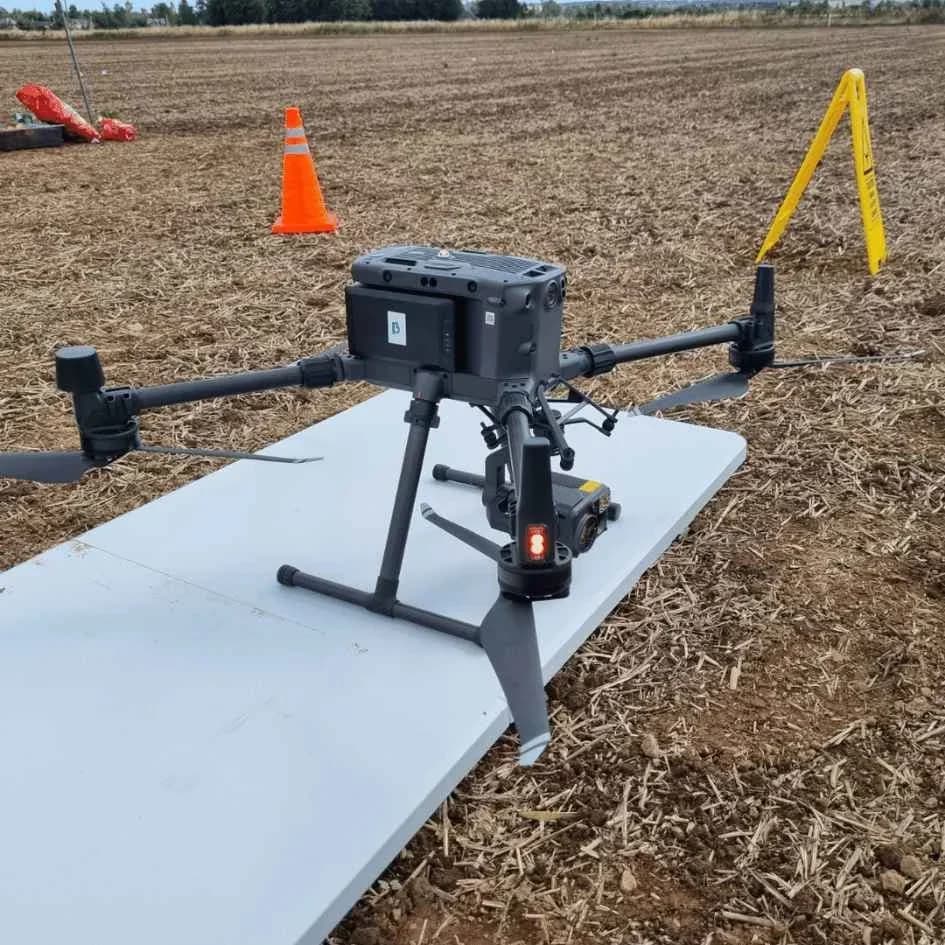
The truth is, you can absolutely fly your drone at most UK beaches, and as a drone pilot who has done numerous coastal flights, I can tell you it almost entirely boils down to one thing: checking if it's Crown Estate land.
It's less about the national CAA rules, which are a given, and more about knowing how to use The Crown Estate's map to find the 'purple zones' while simultaneously checking for hidden airspace restrictions like a nearby airport's FRZ or a coastal military firing range that a beginner might miss.
Whether you're looking for a wide-open space to safely learn the controls or trying to capture cinematic coastal shots for a project, this guide will give you the exact professional workflow I use to stay safe, legal, and get the flight done right.
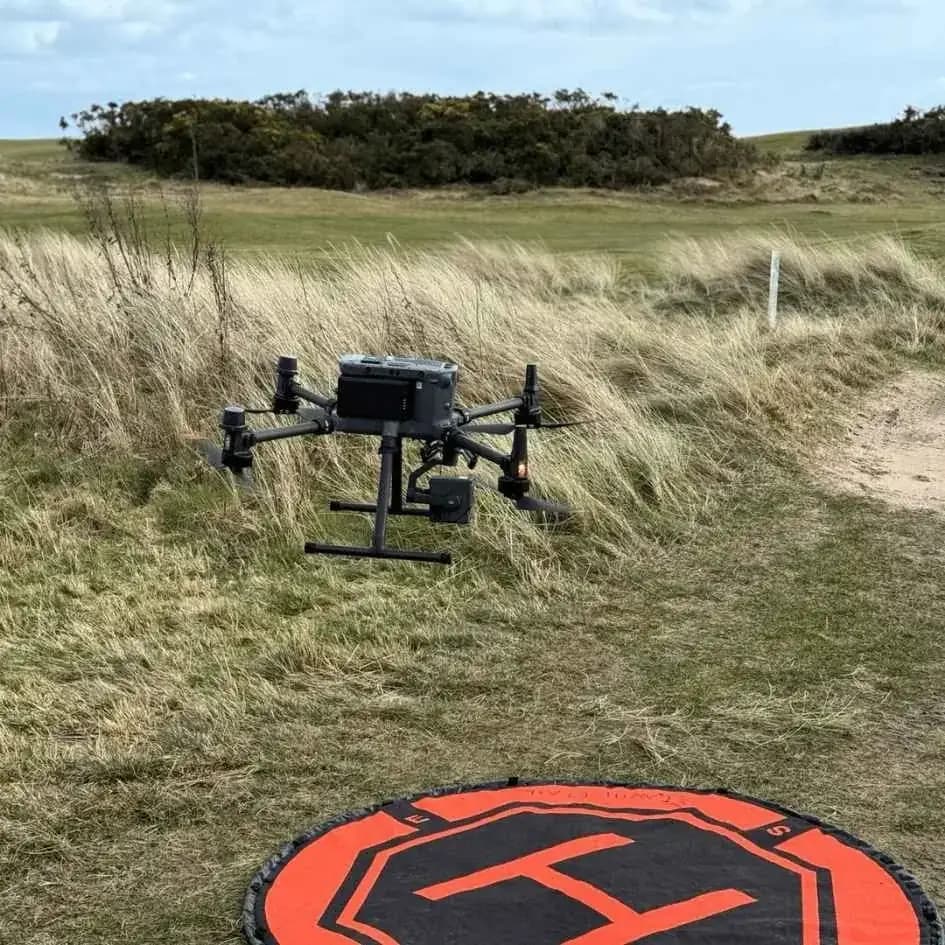
30 Second Summary
- Drone flying is generally permitted on Crown Estate beaches, which comprise roughly half of UK coastal areas
- Local council beaches often require prior permission or have specific regulations for drone operations
- CAA regulations require maintaining 50m distance from people and vessels when flying drones at beaches
- Check weather conditions, tide times, and use apps to identify airspace restrictions before flying
- Respect privacy by avoiding filming identifiable footage of beachgoers, especially children or people in swimwear
Yes you can legally fly a drone on crown estate beaches
So, can you fly your drone at beaches in the UK? The short answer is yes, but the green light really depends on if you're on Crown Estate land.
These beaches make up about half of the foreshore around England, Wales, and Northern Ireland.
For me, they are the best places to learn to fly a drone in the UK.
The Crown Estate doesn't generally restrict drone flying. The best tool in your kit for this is their own portal. I always have it bookmarked. You can find it online, and the areas marked in purple mean you are generally okay to take off and land your drone there.
However, a Crown Estate designation isn't a free pass to ignore everything else. I always do a final check on the Drone Assist app before every flight.
For example, a beach near me is Crown Estate land, but one end falls within an airport's runway flight path, and another section is next to an army shooting range—both are strict no-fly zones. These will always override the Crown Estate's permission, so a quick app check is non-negotiable.
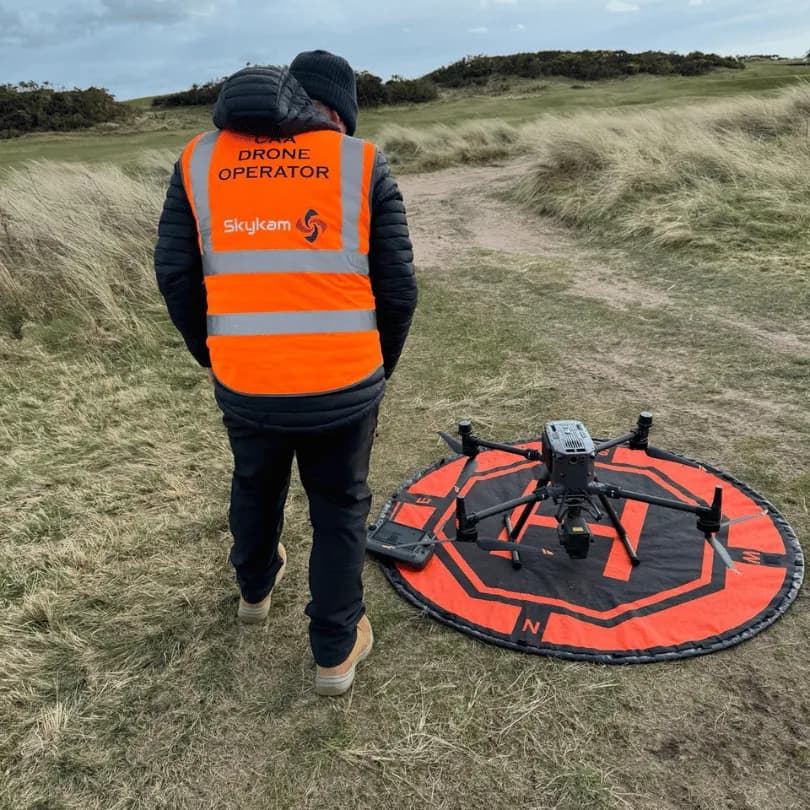
My Checklist For Flying A Drone At The Beach
Here’s the exact workflow I follow for every coastal flight. It keeps things simple, safe, and legal.
Check the Land Ownership. Before you even pack your gear, your first stop is The Crown Estate's Foreshore and Estuary Map. If your chosen beach is in the purple-shaded areas, you can proceed. If not, you'll need to research the local council's rules and likely apply for permission.
Check the Airspace. Open a drone safety app like Drone Assist. Look for Flight Restriction Zones (FRZs) from nearby airports, military operation areas, or any other temporary restrictions. This is a critical safety check that overrides land permissions.
Check the Conditions. Look at a reliable weather forecast. Pay close attention to wind speed and gusts, especially at altitudes of 50-120 metres. Also, check the tide times—a rapidly incoming tide can shrink your safe landing area faster than you think.
Do an On-Site Assessment. Once at the beach, take a moment to assess the reality on the ground. How many people are there? Are there any hazards like birds, cliffs, or power lines? Make sure you have a clear, safe area for takeoff and landing.
Fly with Respect. Keep a safe distance from other beachgoers (at least 50m). Don't perform aggressive manoeuvres, and focus your camera on the scenery, not on people.
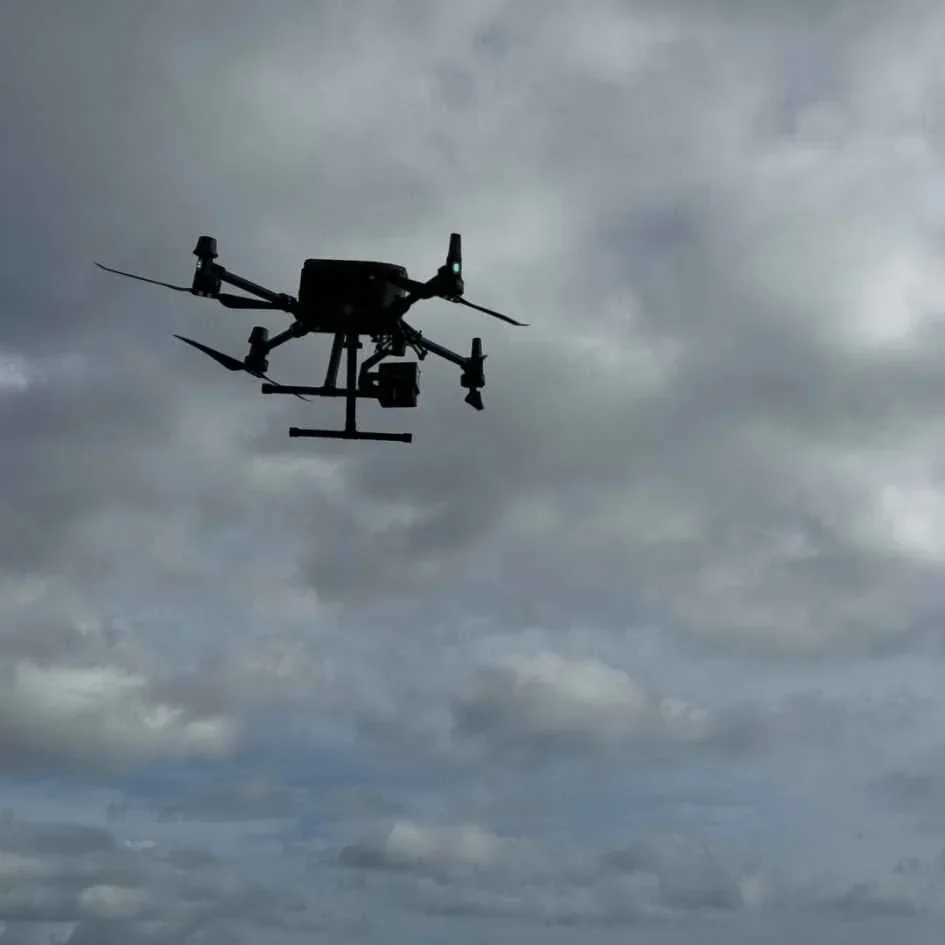
Some non crown estate beaches require council permission for drone use
While Crown Estate beaches are the go-to, many other beaches are managed by local councils, and that's where things get tricky. These authorities often have their own drone policies and usually require you to get explicit permission before you can fly.
For example, Brighton & Hove City Council prohibits drone flying from their beaches without prior authorization. Trying to fly there without a permit is a quick way to get into trouble.
If you're set on flying at a council-managed beach, you have to do your homework. Check their website or call their parks department. Just be aware that getting permission can take days, so you need to plan well in advance.
Frankly, unless I have a specific commercial reason to be there, I find it's often more hassle than it's worth compared to just finding a nice stretch of Crown Estate coastline.
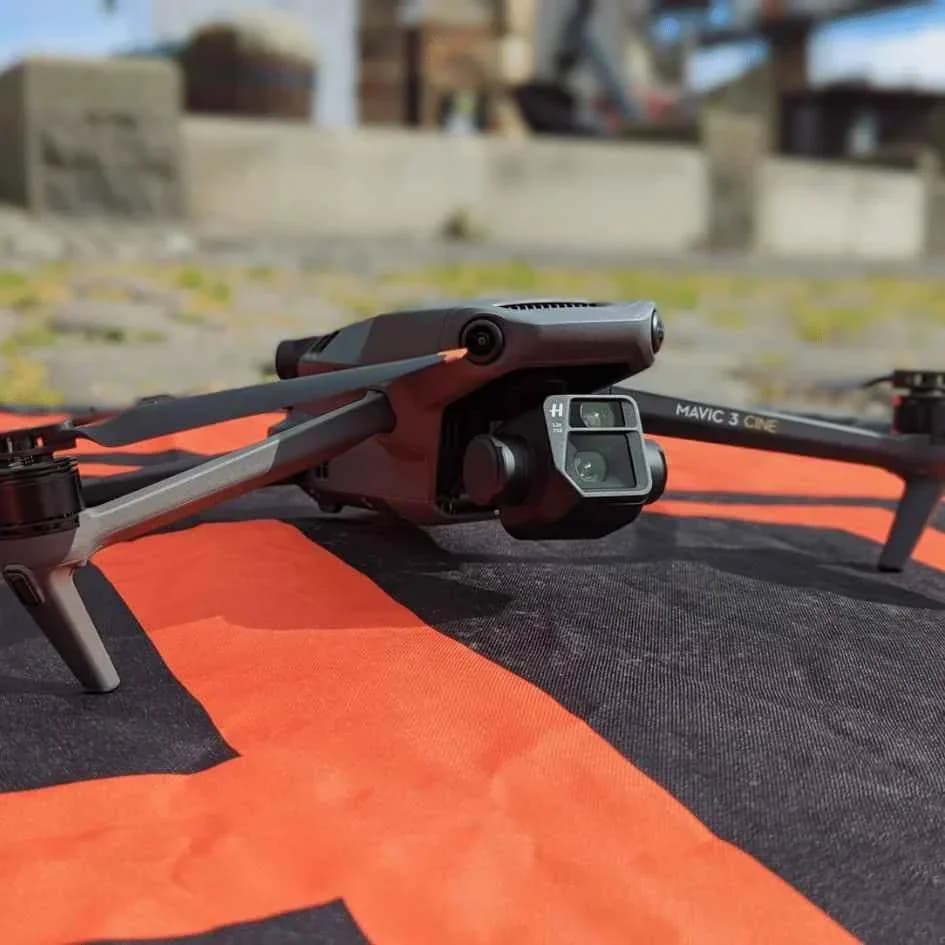
The CAA enforces strict rules for flying near water and crowds
The Civil Aviation Authority (CAA) rules apply everywhere, regardless of who owns the beach.
One of the biggest things people forget is that you can't fly directly over uninvolved people. You must maintain at least a 50-meter horizontal distance from them.
And crowds are always a no-go. What's legally considered a 'crowd' is a bit open to interpretation, but my rule is simple: if it looks busy and I'm questioning it, I don't fly. It's not worth the risk. The last thing you want is to cause a disturbance, or, worse, an accident.
When I'm flying on a clear Crown Estate beach and I'm following the drone code, I don't usually bother notifying air traffic control or calling the police on 101, unless you need approval for a flight restriction zone. The key is situational awareness and responsible flying.
Beach drone flights require careful planning and safety measures
Careful planning is everything for a successful beach flight.
One tip I can't stress enough, especially if you have a sub-250g drone, is to be incredibly wary of the wind.
It might feel calm at ground level, but the wind strength increases massively as you get higher. I've seen smaller drones really struggle and get carried away just 50 or 60 metres up.
Always check the forecast and start with a low, cautious flight to test the conditions.
Bring your safety kit: spare batteries, prop guards, and a landing pad to keep sand out of your drone’s motors. And always, always keep the drone within your visual line of sight. It's surprisingly easy to lose orientation against a bright sky or reflective water.
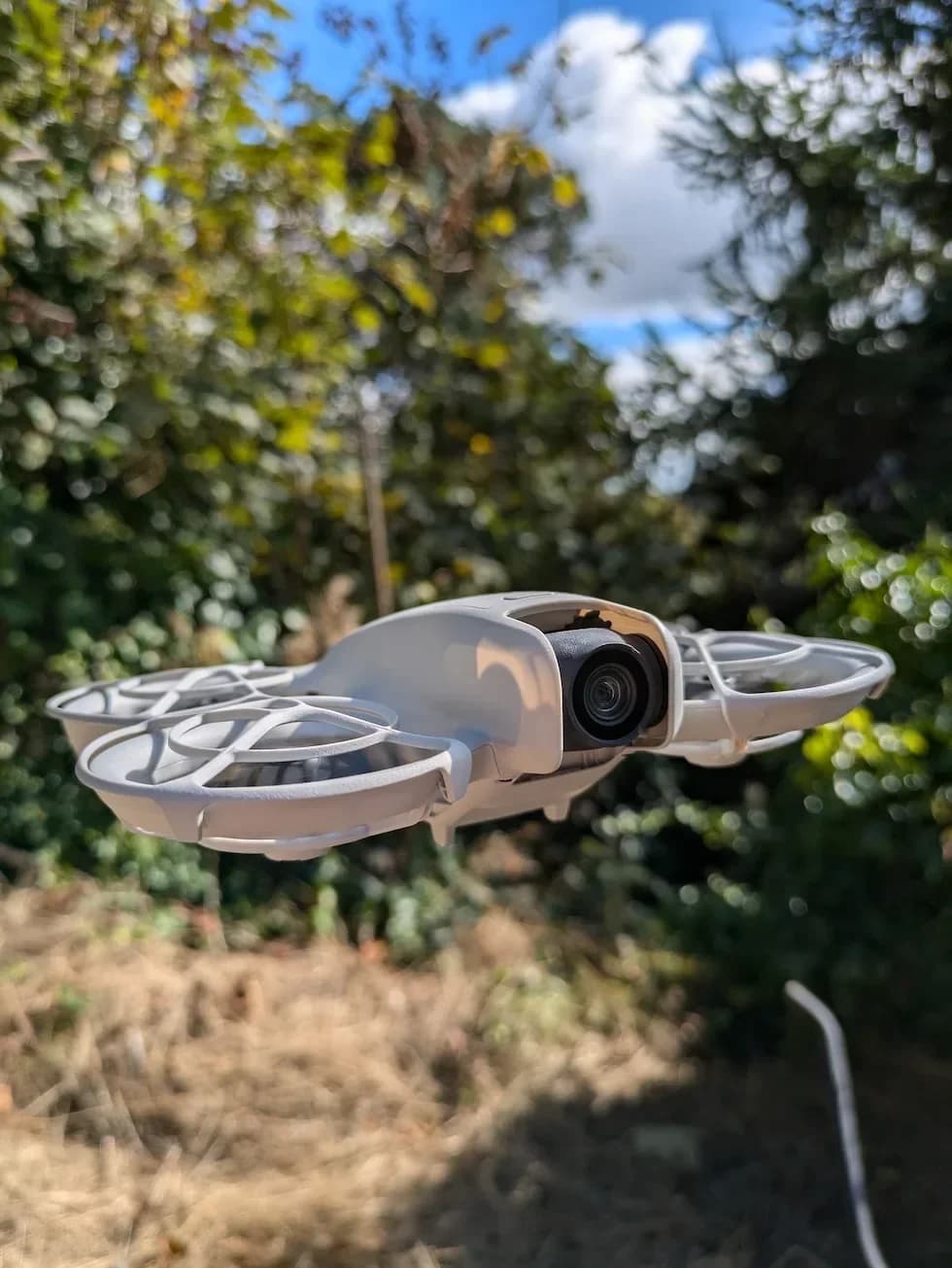
Filming people on the beach with a drone has privacy implications.
This is a big one. Flying a drone with a camera brings privacy into play. Even in a public space like a beach, people have a reasonable expectation of privacy.
My approach is to focus on the landscape. I'm there to capture the coastline, the waves, and the scenery, not to film strangers.
If people are in the shot, I try to keep them unidentifiable. You have to be especially careful about including children or people in swimwear. It’s about respect and staying on the right side of data protection laws like GDPR.
Frequently Asked Questions
How High Can I Fly My Drone at UK Beaches?
In the UK, the legal limit is 400 feet (120 meters). However, I'd caution against going that high at the coast unless conditions are perfect. Wind speeds increase significantly with altitude, which can be risky for any drone, especially lighter ones. Always fly within your visual line of sight and prioritise a safe, stable flight over getting maximum height.
Can I Fly a Drone Over Private Beaches in the UK?
You can't fly your drone over a private beach without the landowner's permission, even if you take off from public land. Respecting property rights is just as important as following CAA rules. Always get consent first.
Do I Need Special Waterproof Drones for Beach Flying?
You don't need a waterproof drone, but it's a very good idea. Salt spray is corrosive and can damage electronics over time. If you're flying a non-waterproof drone, I recommend staying a sensible distance from the water's edge and using a landing pad to keep it away from damp sand.
Are There Specific Time Restrictions for Beach Drone Flights?
Some local councils may impose time restrictions on the beaches they manage. Generally, the best times are early morning or late evening. Not only is the lighting better for filming, but the beaches are far less crowded, making it much easier and safer to fly without disturbing anyone.
What Weather Conditions Make Beach Drone Flying Unsafe?
I never fly in high winds, rain, or fog. Strong coastal winds are the biggest danger and can overpower your drone. Any moisture, whether from rain or sea spray, is bad for the electronics. And fog is an absolute no-go because it makes it impossible to maintain the required visual line of sight.
Ready to Capture Stunning Coastal Footage?
Flying a drone at a UK beach involves navigating land ownership, airspace restrictions, and CAA regulations—all before you even consider the challenges of coastal weather. For businesses that need guaranteed high-quality, legal aerial footage, the complexity can be a significant hurdle.
This is where HireDronePilot solves the problem. Our network is filled with professional drone operators who have the specific expertise for coastal operations, including the necessary GVC certifications, experience in conducting on-site risk assessments, and a thorough understanding of local bylaws.
As the UK's premier managed marketplace, HireDronePilot.uk connects businesses with verified professional drone pilots for hire We streamline drone services through competitive bidding, ensuring quality, compliance, and value for every aerial project across the United Kingdom.
Ready to capture stunning, compliant aerial footage of the UK coastline without the hassle? Post your project on HireDronePilot.uk today and get competitive quotes from vetted coastal flight specialists.
About the Author

Written by
Peter Leslie
Peter Leslie is a CAA-approved commercial drone pilot with 10+ years experience and over 10,000 flight hours. He holds the GVC and A2 CofC drone licences with full CAA Operational Authorisation. Peter is a member of ARPAS-UK, the UK's non-profit trade association for the drone industry. He founded HireDronePilot to connect UK businesses with qualified, insured drone operators.
Looking for More Drone Work?
Join the UK's leading network of professional drone pilots and grow your business.
Open Access
Bid on any job - all jobs open to all pilots
Grow Revenue
Access high-value commercial projects
Stay Busy
Fill your schedule with regular work
Related Articles

Our Drone Survey Service In Stirling, Scotland
Bringing you Stirling drone survey data from areas no one else can fly.

How Much Does A Drone LiDAR Survey Cost
Forecasting your drone LiDAR survey cost requires understanding what's hidden beyond the initial quote.

Step By Step Process Of Drone LiDAR Survey
Next, discover the crucial post-flight steps that determine your survey's success.
